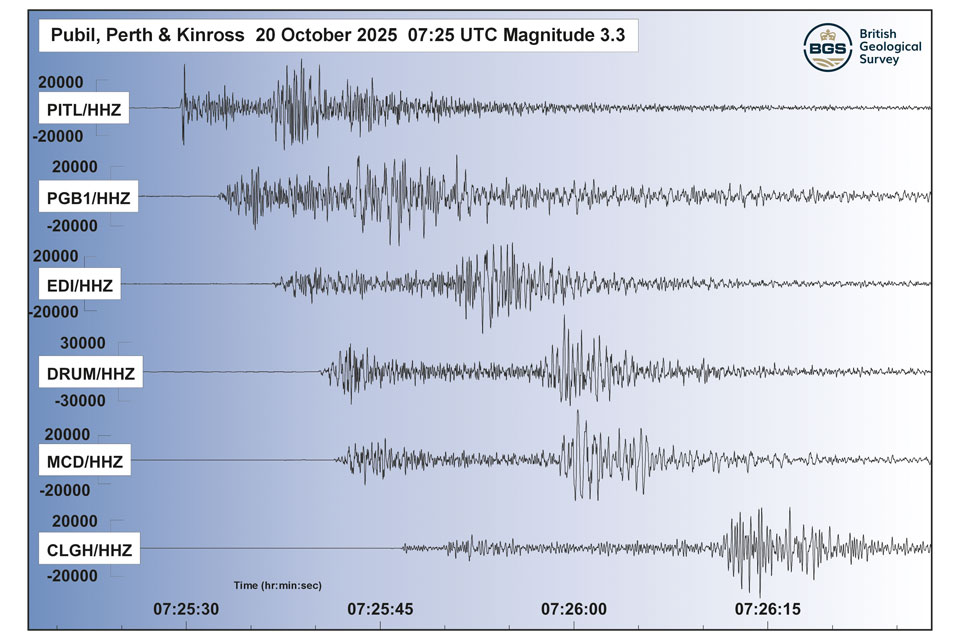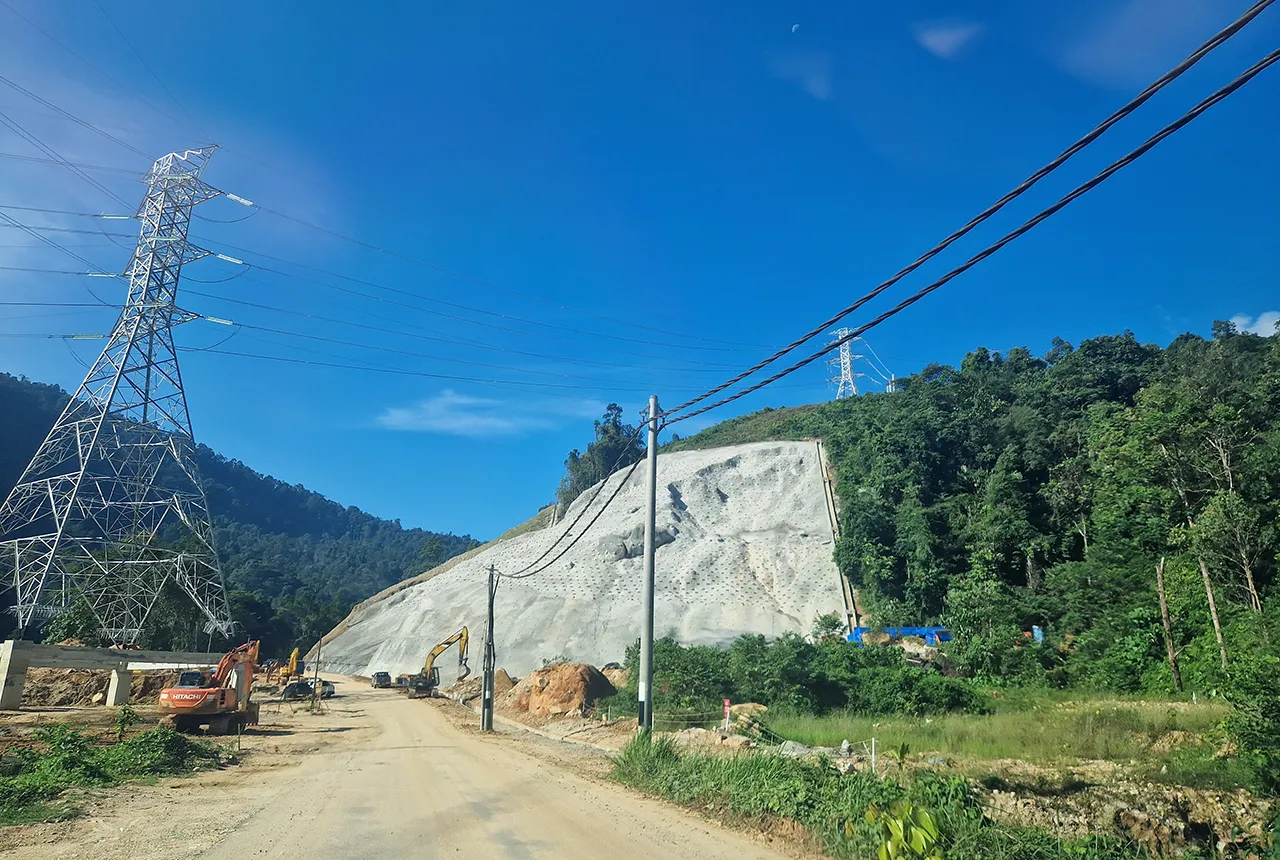New seabed geology maps for offshore Yorkshire
Offshore Yorkshire is the latest map to be released in BGS's series of fine-scale digital seabed maps.
14/03/2023 By BGS Press
BGS has initiated a new programme of mapping the seabed geology of the UK’s continental shelf, the first effort to consistently characterise the geology of the seabed in over 25 years.
The latest map offers new fine-scale digital maps featuring the seabed of offshore Yorkshire that contain combined bedrock, sediment, bedrock structure and geomorphology data. This is the third in a series of new, fine-scale maps to be released by BGS, with maps for offshore Anglesey and the Bristol Channel already available online.
The seabed geology maps are intended to support a diverse range of offshore activities and applications, including scientific research, offshore development, conservation efforts and marine management. It is part of a drive by BGS to develop new, fit-for-purpose geospatial products that, combined with the availability of new high-resolution data, can better meet current and future decarbonisation and marine science challenges. The maps are expected to be of interest to developers looking to deploy technology and infrastructure to create renewable energy.
The maps are based primarily on high-resolution bathymetry data collected through the Maritime and Coastguard Agency’s UK Civil Hydrography Programme. They are further informed by acoustic backscatter data, sediment cores and grab samples, seismic data, and existing onshore and offshore map products (both BGS mapsand publicly available academic and industry products).
The geological character of the seabed and shallow subsurface is often complex, but is not well captured by currently available resources.
By applying a consistent approach nationally, incorporating both classical and innovative mapping approaches, these map products offer a unique resource, providing an excellent insight into complex geology, as well as active environmental processes.
Dayton Dove, BGS Marine Geoscientist.
BGS is among other public and government organisations to have joined the UK Centre for Seabed Mapping (UK CSM), helping to boost marine data and mapping standards. Improved geospatial resources will also provide important evidence for policy and decision makers, who need to consider the increasing demands placed on the marine environment from recreation, marine conservation and protection, resource development, and fisheries.
As well as providing important baseline datasets that can underpin efficiency in marine infrastructure projects, such as siting offshore renewables, the analysis and mapping process also leads to interesting new findings, providing the potential for genuine discovery.
Dayton Dove, BGS Marine Geoscientist.
The maps are available from BGS under the fine-scale maps section of the Offshore GeoIndex and are designed to be viewed at 1:10 000 scale, or offline as downloadable shapefiles.
Other areas to be added as the mapping programme progresses include offshore Orkney, East Anglia, and further areas of offshore Wales.
Other maps in this series:
Relative topics
Related news

Suite of ten new soil reference materials released
02/01/2026
BGS has a longstanding track record of producing high-quality reference materials and has released ten new soil reference materials.

Perth and Kinross tops the UK’s earthquake activity charts for 2025
29/12/2025
Seismologists at the British Geological Survey have published data on the number of seismic events over the past 12 months with over 300 earthquakes recorded.

Hole-y c*@p! How bat excrement is sculpting Borneo’s hidden caves
23/12/2025
BGS researchers have delved into Borneo’s underworld to learn more about how guano deposited by bats and cave-dwelling birds is shaping the subsurface.

BGS awarded funding to support Malaysia’s climate resilience plan
17/12/2025
The project, funded by the Foreign, Commonwealth & Development Office, will focus on minimising economic and social impacts from rainfall-induced landslides.

New geological maps of the Yorkshire Wolds to better inform groundwater management and policy decisions
17/12/2025
The new mapping provides crucial data on localised geological issues that may assist in protecting water supplies.

‘Three norths’ set to leave England and not return for hundreds of years
12/12/2025
The historic alignment of true, magnetic, and grid north is set to leave England, three years after they combined in the country for the first time since records began.

BGS agrees to establish collaboration framework with Ukrainian government
11/12/2025
The partnership will focus on joint research and data exchange opportunities with Ukrainian colleagues.

Making research matter: BGS joins leading research organisations in new national initiative
10/12/2025
A new alliance of 35 organisations has been formed that is dedicated to advancing science for the benefit of people, communities, the economy and national priorities.

New 3D model to help mitigate groundwater flooding
08/12/2025
BGS has released a 3D geological model of Gateshead to enhance understanding of groundwater and improve the response to flooding.

Scientists gain access to ‘once in a lifetime’ core from Great Glen Fault
01/12/2025
The geological core provides a cross-section through the UK’s largest fault zone, offering a rare insight into the formation of the Scottish Highlands.






